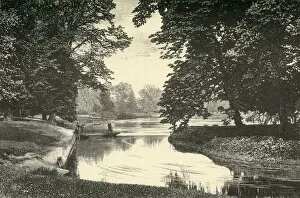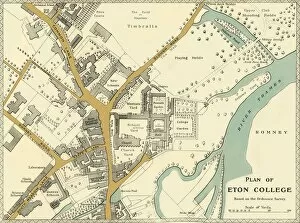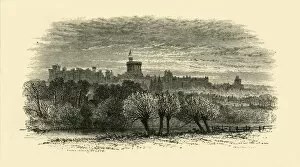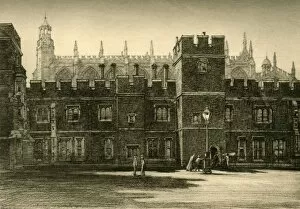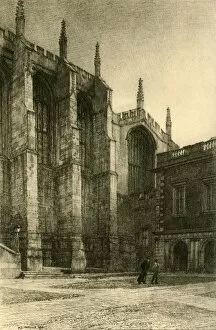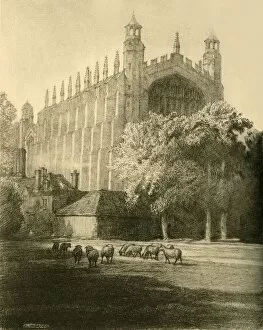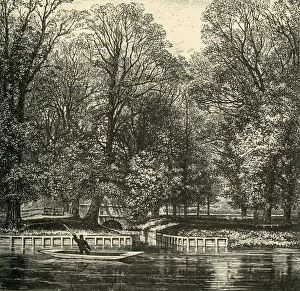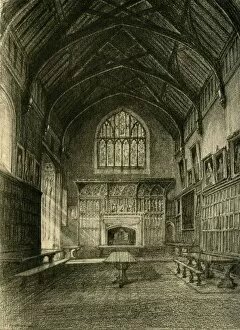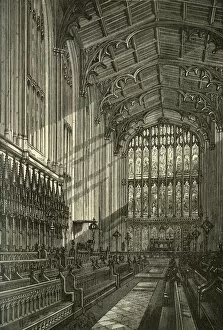Henry Churchill Maxwell Collection
Henry Churchill Maxwell was a prominent figure in the world of education and an integral part of Eton College during the early 20th century
For sale as Licensed Images
Choose your image, Select your licence and Download the media
Henry Churchill Maxwell was a prominent figure in the world of education and an integral part of Eton College during the early 20th century. His legacy is captured through various photographs taken in 1911, showcasing different aspects of the prestigious institution. One such image depicts the Sixth Form Bench on Fellows Eyot, where Henry Churchill Maxwell likely spent countless hours mentoring and guiding young minds. This bench symbolizes his dedication to nurturing intellectual growth and fostering academic excellence. Another photograph showcases a detailed plan of Eton College itself, highlighting its architectural grandeur and historical significance. It serves as a testament to Maxwell's commitment to preserving tradition while embracing progress within the educational landscape. The picture capturing Windsor Castle from the Provosts Lodge at Eton exemplifies Maxwell's close ties with royalty and his role as an influential figure within both educational and social circles. His connections allowed him to provide unique opportunities for his students, exposing them to experiences beyond their classrooms. The Lower School and Long Chamber photograph offers a glimpse into everyday life at Eton College under Maxwell's leadership. It portrays a bustling environment filled with eager students engaged in their studies, reflecting his emphasis on creating an intellectually stimulating atmosphere. A group photograph taken on the Fourth of June further emphasizes Maxwell's impact on shaping young lives. The smiles on their faces reveal not only joy but also gratitude towards their mentor who played a pivotal role in molding them into well-rounded individuals ready to face future challenges head-on. Eton College itself is beautifully captured from Romney in another image, showcasing its picturesque surroundings that undoubtedly inspired generations of scholars under Maxwell's guidance. The serene backdrop serves as a reminder that education extends beyond textbooks – it encompasses appreciation for nature and personal growth outside classroom walls. Various other photographs highlight different areas within Eton College: from the North Western angle of the Schoolyard to staircases leading up to Chapel and Upper School; each image represents an essential aspect of this esteemed institution that Maxwell cherished and nurtured.

